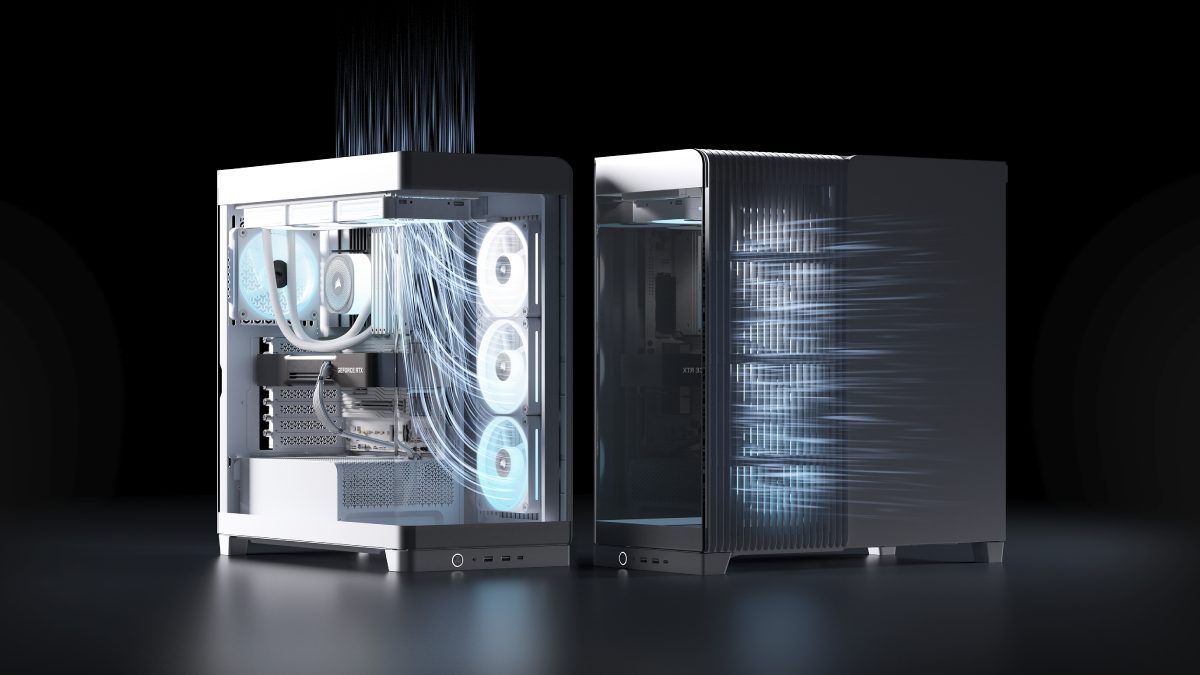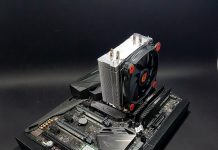Mouthwatering Looks!
Review Summary
The Corsair QX120 White Edition fans, part of the iCUE Link System, blend aesthetics and performance with their striking design and efficient cooling capabilities. These 120mm fans, available in 3-fan and single-fan kits, feature advanced digital control within the Corsair iCUE Ecosystem. While offering impressive functionality, their limited compatibility outside this ecosystem makes them best suited for dedicated Corsair setups.
Overall
-
Quality - 9/10
9/10
-
Design - 9/10
9/10
-
Performance - 9/10
9/10
-
Features - 9/10
9/10
-
Value - 8/10
8/10
Pros
- Good Performance
- White Edition looks dope
- 4x Light Loops
- Digital Connectivity
- iCUE Link System Design
- 5-Year Warranty
- iCUE Link Software
Cons
- High Price
- Loud fans at full speed
- Total Dependency on the Software
iCUE Link System is a new concept in which Corsair has gone all digital in terms of communication with all the components. One of the key components is QX series fans, which are available in 120mm and 140mm sizes. These fans, along with other key components in the cooling department, deliver exceptional aesthetics and good performance overall.
I am taking a look at the QX120 3 fans kit and a single fan kit in this article. The 3-fan kit retails at $139.99, whereas a single-fan kit retails at $49.99 at the time of this writing.
Key Takeaways
- The Corsair QX120 fans are digitally controlled, aesthetically appealing 120mm cooling fans designed specifically for integration with Corsair’s iCUE Link System for enhanced PC cooling performance.
- You should get the Corsair QX120 fans if you are after the iCUE link system and an aesthetically pleasing setup with reduced cable clutter.
- You should not get the Corsair QX120 fans if you don’t plan on getting the iCUE Link system or are on a budget.
- Why you can trust Tech4Gamers: Our reviews are based on dedicated hands-on testing by our team of experienced hardware experts. Find out more about how we test.
Let’s begin with the specifications.

The QX120 comes in a standard 120x25mm size. They are rated for a maximum of 2400 RPM speed, generating 63.1 CFM airflow at 3.8mmH₂o static pressure rating. The sound level is rated at 37 dBA, and the power draw rating is 1.02A. These fans are using Magnetic Dome Bearings.
Packaging And Unboxing
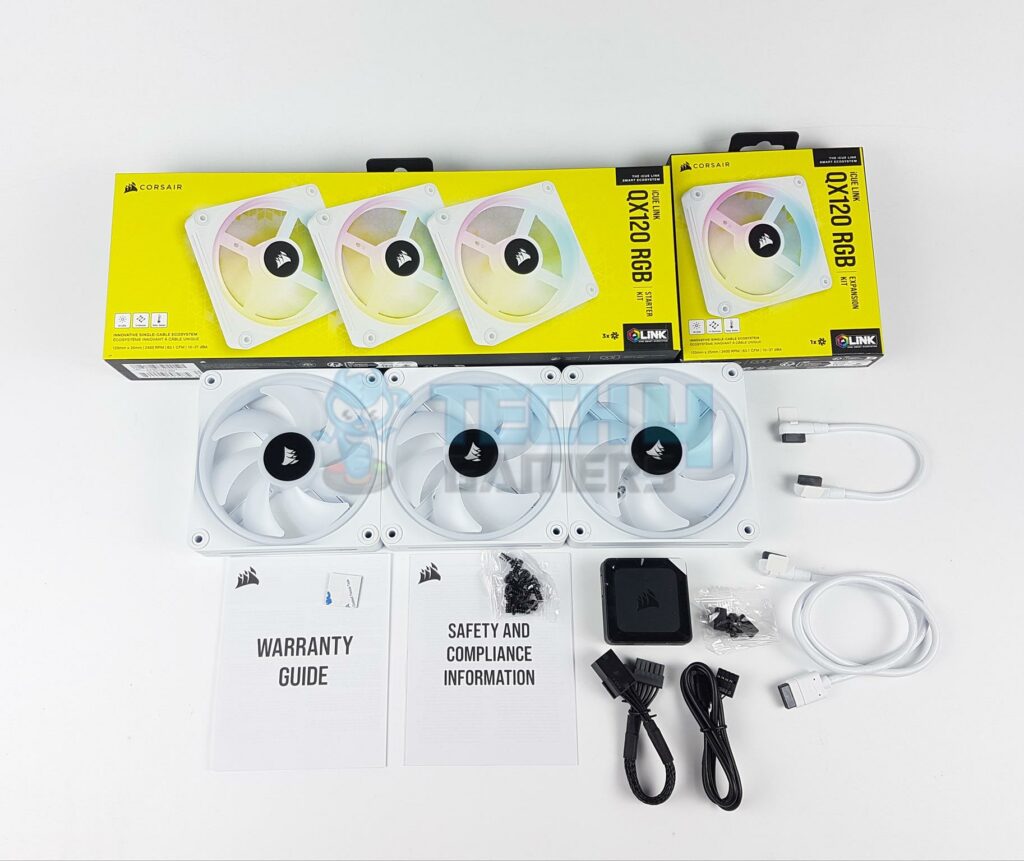
The fans are shipped inside cardboard boxes finished in yellow and black colors. The 3-fan kit includes the iCUE Link system hub and cables, but there is no hub in the single fan pack. It has a 150mm iCUE Link cable.
The following are provided:
- 3x Fans in 3 fans kit
- 1x Fan in a single fan kit
- 1x iCUE System Hub
- 1x PCIe power cable
- 1x Micro USB 2.0 cable
- 1x iCUE LINK Cable 90° 600mm
- 2x iCUE LINK Cable 90° 135 mm
- 12x Self Tapping screws
- 4x Self Tapping Screws
- 1x Warranty Guide
- 1x Safety Guide
Design
Let’s start taking a look at these fans, starting with salient features:
- 34 Digital RGB LEDs for multi-channel lighting
- Magnetic Dome Bearings
- Integrated Thermal Sensor
- Two-Way Communication with iCUE Link System
- Digital Control
- Zero-RPM Support
Fans
I am showing all three fans from a single kit in the above pictures. Each fan has 7x frosted blades for even diffusion of ARGB lighting. There are ring-designed anti-vibration pads on the mounting corner. The all-white colour looks dope in person.
There is CORSAIR branding in the centre. We can also spot a thick diffuser ring inside the fan’s frame for ARGB lighting effects. This is the first lighting zone on these fans. There are other zones as well. At the back, there is an X-shaped design arm assembly. Each arm has a wide body. This design disrupts the airflow coming from the fan and spreads it all across the PC case.
The ring design is visible here as well so that you can enjoy the same brilliant ARGB lighting on the backside as well. There is a visible probe of the thermal sensor on one arm. These fans have integrated sensors to monitor the temperature.
I am showing the two sides for the interconnectivity. The left port is an active iCUE Link port to which either the iCUE Link cable is connected or the opposite end of the second fan for an active daisy-chain connection. Two arrow indicators show the direction of airflow through the fan and the direction in which the blades would spin. On the opposite end of the fan, the black color connector is used to interconnect two fans magnetically.
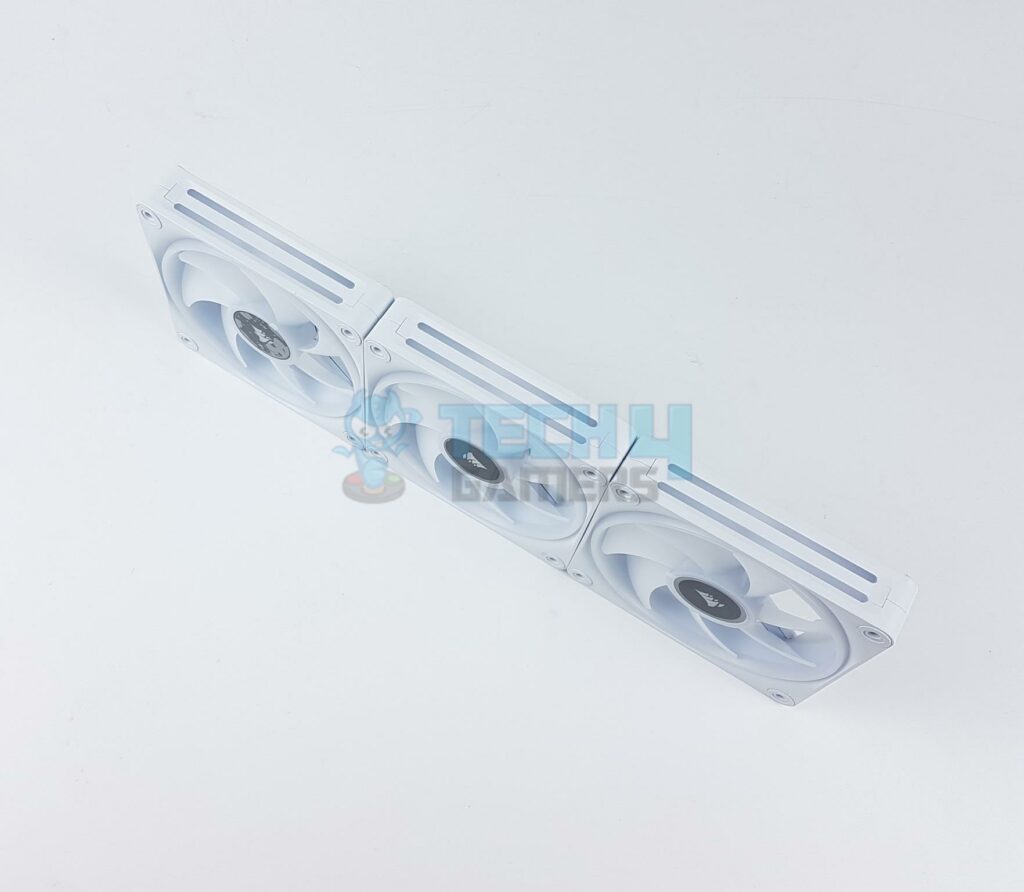
The above picture shows the visible sides of all three fans. There are dual channel ARGB lighting effects on this side and its opposite side.
iCUE Link System
Now that we have looked at the fans let’s take a look at the other iCUE Link system.
Corsair has provided a system hub with a 3-fan kit. This hub is not included in a single fan kit. This hub has two active iCUE Link Ports to which you can connect multiple fans and a supported cooler. This hub is powered by a 6-pin PCIe connector to deliver up to 150W power. This is because each fan has 34 ARGB LEDs, and there are 42 ARGB LEDs on the H150i LCD cooler.
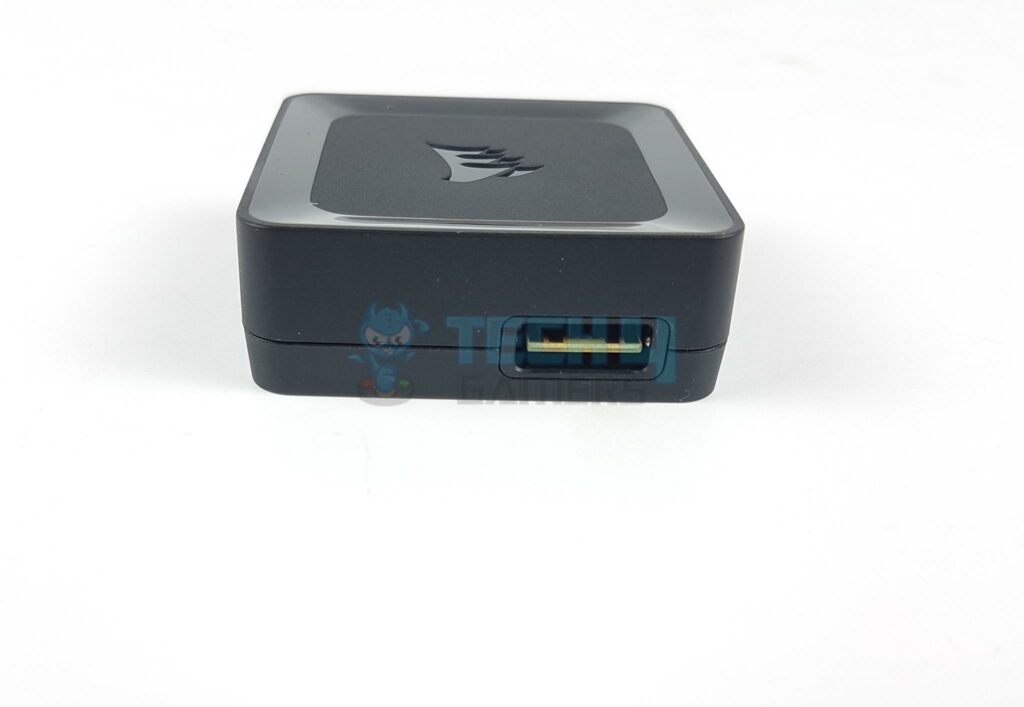
You would need more power than a standard SATA connector can provide. The hub is connected to the motherboard using a USB 2.0 connector. This hub is magnetic in design for easy installation in the case.
Corsair has provided 1x 150mm iCUE Link cable and 1x 600mm iCUE Link Cable in a 3-fan kit. A single fan kit comes with a 150mm cable. The small cable has a 90ᵒ connector. There is a 6-pin PCIe and a micro USB cable with a standard 9-pin USB 2.0 connector for connection with the motherboard. The PCIe cable connects to the PSU.
The above pictures illustrate a single cable connection between the daisy-chained fans and the system hub and connecting two sets of fans to the two active link ports of the system hub.
iCUE Software
As the name suggests, these fans sit in the iCUE Ecosystem and as such, can be controlled digitally using the iCUE software only. You would need an updated version of iCUE for full functionality. I would suggest updating the firmware as well.
You can use Wizard to let iCUE identify all connected system hubs and the fans on each hub. You can arrange these fans in order of your need. The software will display different static colors on all fans for ease of identification.
You can control individual RGB LEDs as well as a group of these. The pre-defined fan profiles don’t work for the speed control. You would need to create a custom fan curve for this purpose. I have faced issues where iCUE either does not pick all connected fans (6x) or drops them randomly.
Digital RGB Lighting
I have used iCUE link software to control the complete unit, including the fan speed and digital RGB lighting. Here are some pictures:
Thermal Testing
I have used the mentioned configuration to test the performance of these fans: –
- Intel i7 13700k
- GIGABYTE Z790 AORUS ELITE AX
- XPG Lancer RGB 32GB DDR5 kit 7200MT/s CAS34
- Corsair iCUE Link H150i LCD
- Sabrent Rocket 4 Plus 2TB NVMe SSD [For OS]
- GIGABYTE GeForce RTX 3060 VISION OC [For Display]
- be quiet! Straight Power 850W Platinum PSU
- Open-air Test Bench
Here is the settings table for testing:
| All Cores | 5.4GHz on P-Cores, 4.2GHz on E-Cores |
| VCore (V) | Auto |
| Power Limits | Removed |
| Thermal Paste | Pre-applied |
| Test Run Time | 30 minutes CINEBENCH R23.2 |
| Idle Time | 10 minutes |
| Fan/Pump Speed | 100% PWM Duty Cycle |
| Monitoring Software | HWInfo64 |
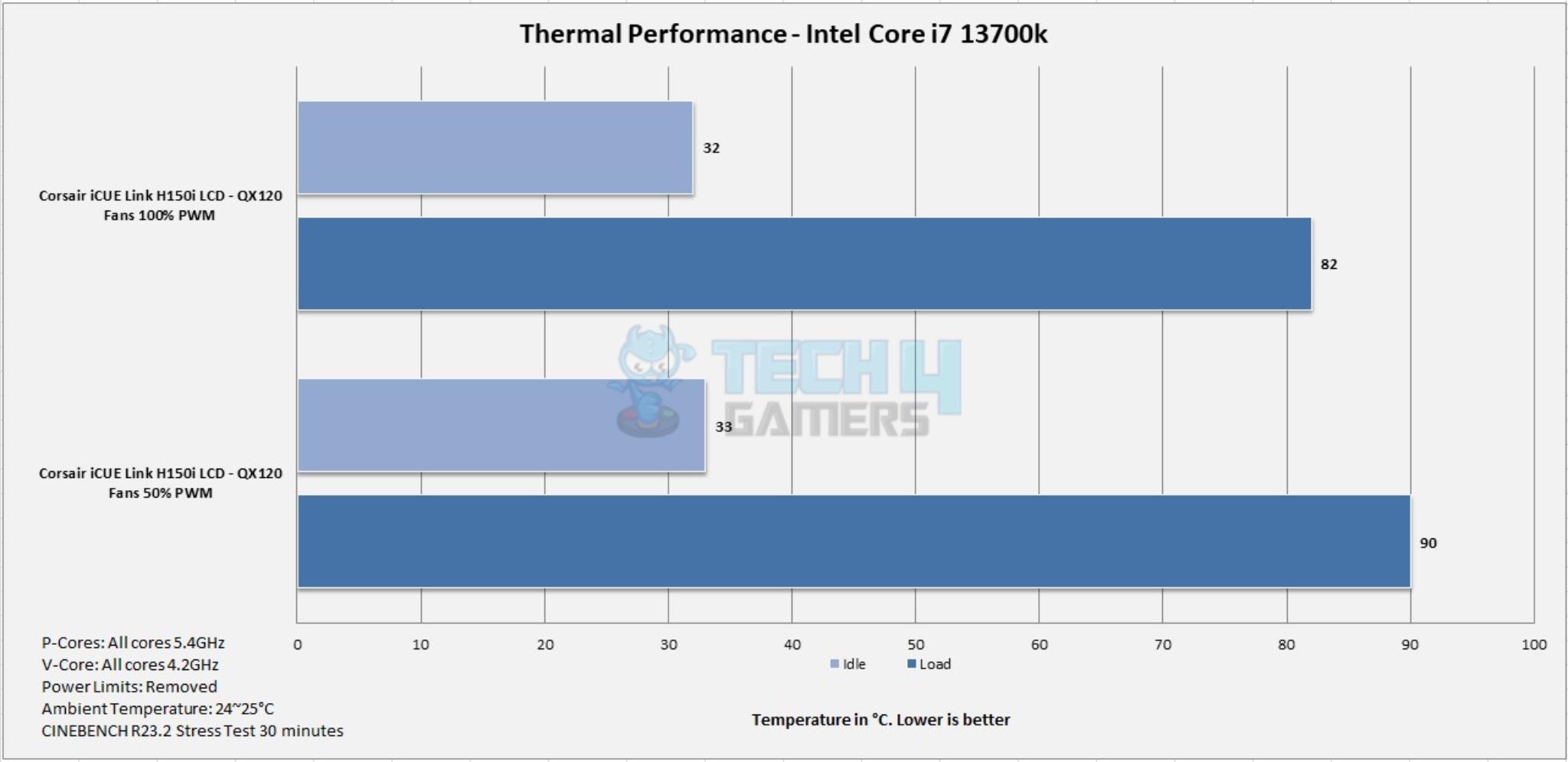
The Corsair QX120 fans have a good performance, as my testing indicates. These fans were virtually silent at 50% PWM duty cycle and managed to keep the 13700k at 90ᵒC under stress test with unlocked power, showing the true performance potential.
During my airflow testing using an anemometer, these fans passed the 63.1 CFM airflow rating as well. However, these fans are loud at full speed, which is not what you would want to run all the time.
Should You Buy It
Now that we have tested the Corsair QX120 fans, should you get them for your PC?
Buy It If
✅You are going for the iCUE Link System: These fans are an obvious choice if you are going for the Corsair iCUE Link system. These might not be compatible with all Corsair controllers, so better to check the website for full compatibility.
✅You want beautiful white fans: If you can afford a 3-fan kit, then you are probably getting one of the best-looking fans on the market, without a doubt.
✅You want to reduce cable clutter: The Corsair iCUE Link system provides a single cable connection for the internally daisy-chained fans.
Buy It If
❌You don’t have an iCUE Link System: If you don’t have or planning an iCUE Link system in the coming time, then better skip these fans. Don’t get a single fan kit in particular since it does not have a system hub.
❌You are on a budget: The Corsair QX120 3-fan kit retails at $139.99, and a single fan kit retails at $49.99. These are steep prices, for sure.
Final Words
Corsair QX120 White Edition fans work well within the iCUE Link System or Corsair’s iCUE Ecosystem. That is their limitation as well since you can’t use these fans outside of this ecosystem. These fans are available in a 3-fan kit and a single fan kit. The 3-fan kit makes more sense since it comes with a system hub and related cables. The single fan kit comes with a fan and 150mm iCUE Link cable.
Each fan has 34 ARGB LEDs for some vivid and evenly diffused lighting colors on multiple channels across the fan’s frame (4x light loops). These fans use Magnetic Dome Bearings and are rated for a maximum speed of 2400 RPM, generating 63.1 CFM airflow at 3.8mmH₂O static pressure, producing a 37 dBA sound level. They support zero RPM mode as well.
These fans are daisy-chained using magnetic interconnects with internally placed cables. This eliminates the requirement of 2 cables per fan, as now we have only one cable to control all three fans in a kit. This cable is then connected to the system hub which is connected to the PSU and motherboard. This is as simple as it could get from Corsair. Corsair is offering a whopping 5-year warranty on these fans.
Thank you! Please share your positive feedback. 🔋
How could we improve this post? Please Help us. 😔
[Hardware Reviewer & Editor]
Meet Nauman Siddique, a highly experienced computer science graduate with more than 15 years of knowledge in technology. Nauman is an expert in the field known for his deep understanding of computer hardware.
As a tech tester, insightful reviewer, and skilled hardware editor, Nauman carefully breaks down important parts like motherboards, graphics cards, processors, PC cases, CPU coolers, and more.
- 15+ years of PC Building Experience
- 10+ years of first-hand knowledge of technology
- 7+ years of doing in-depth testing of PC Hardware
- A motivated individual with a keen interest in tech testing from multiple angles.
- I majored in Computer Science with a Masters in Marketing
- Previously worked at eXputer, EnosTech, and Appuals.
- Completed Course in Computer Systems Specialization From Illinois Tech


 Threads
Threads
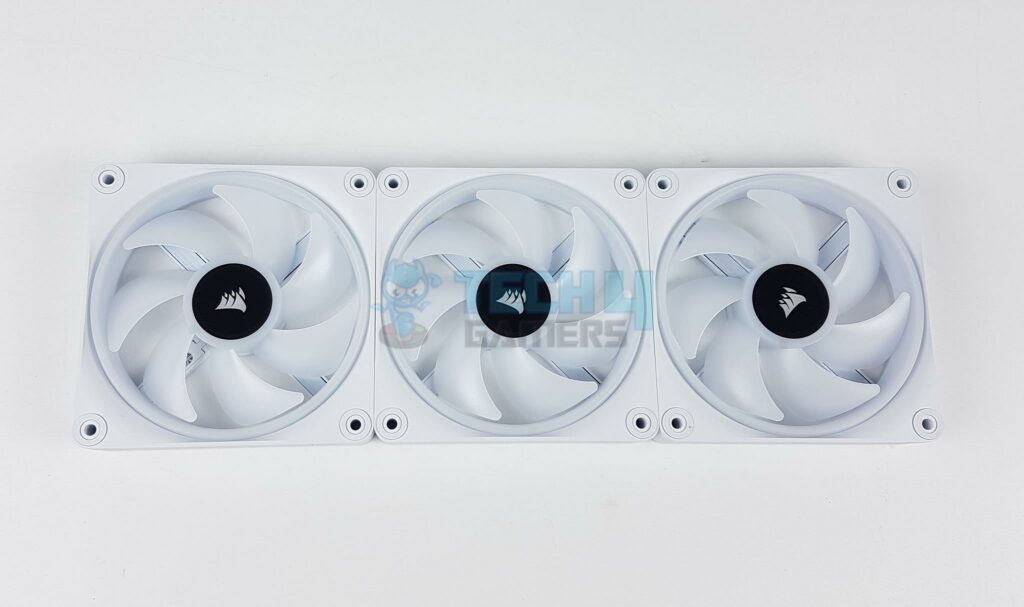
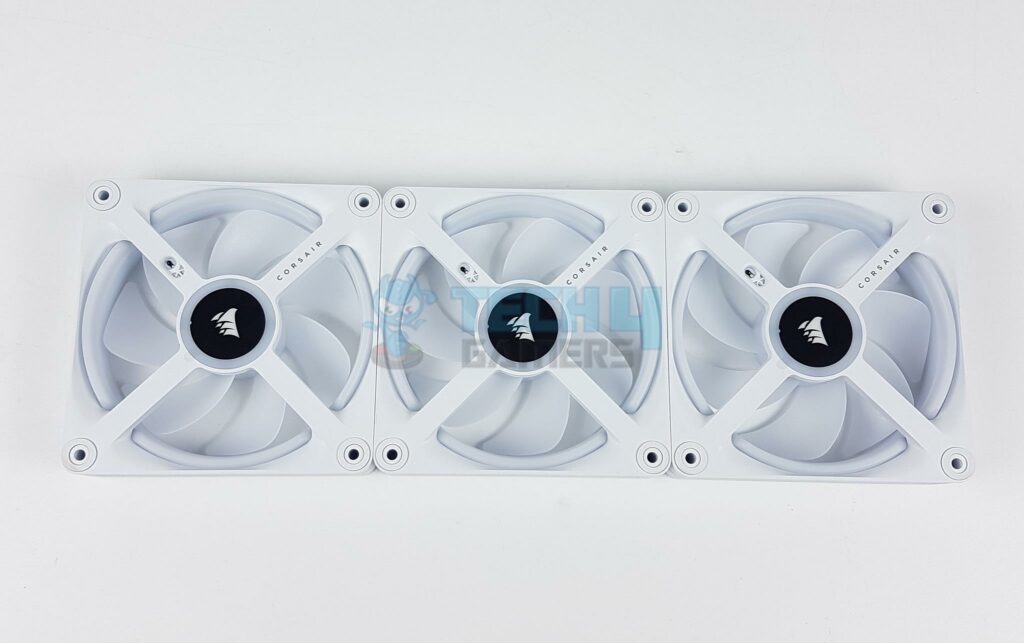
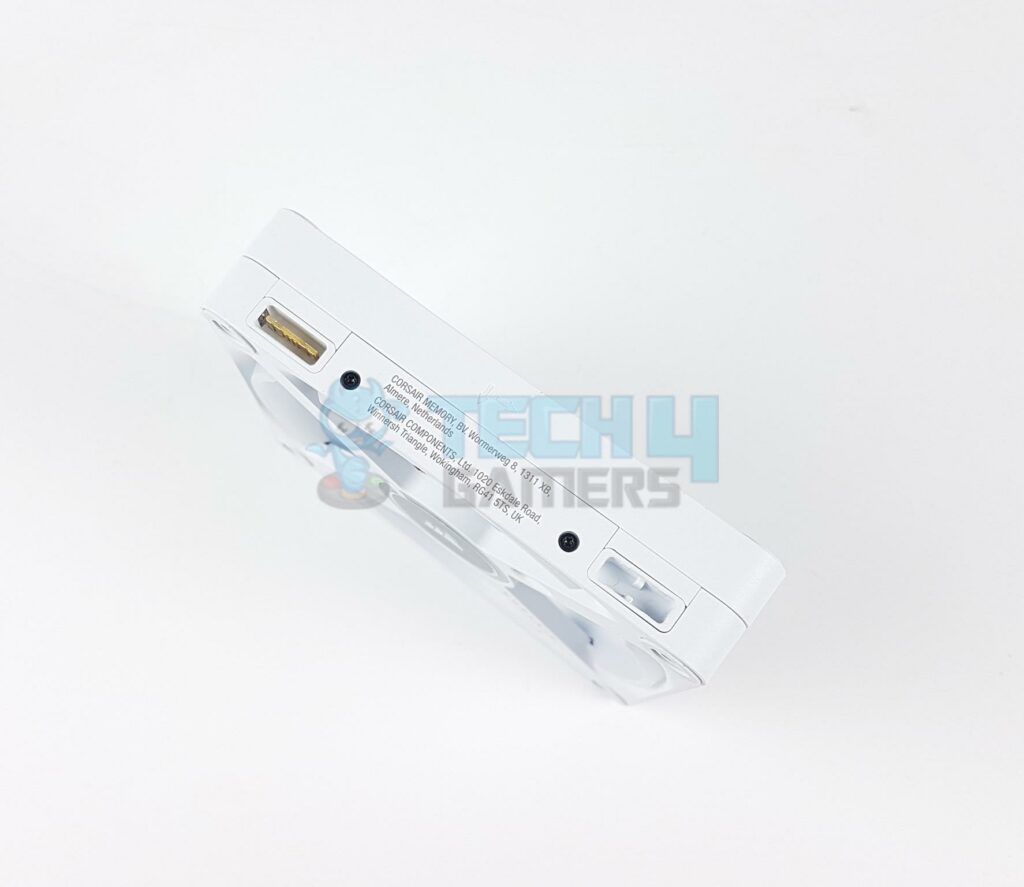
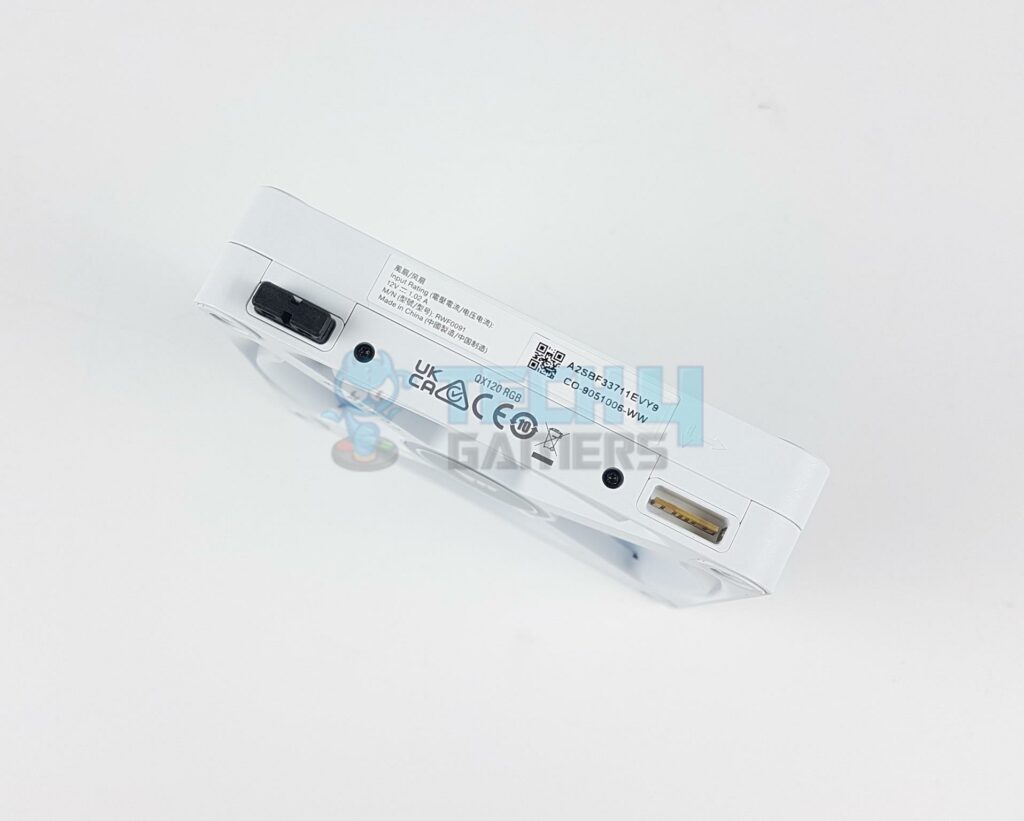
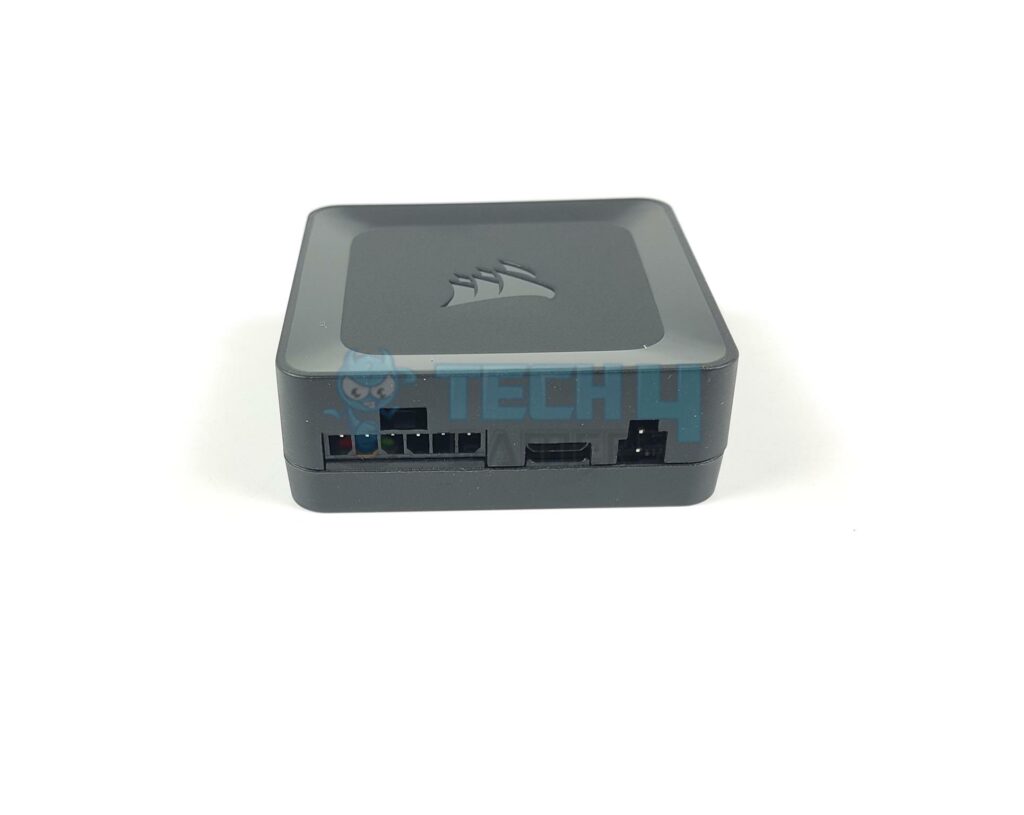
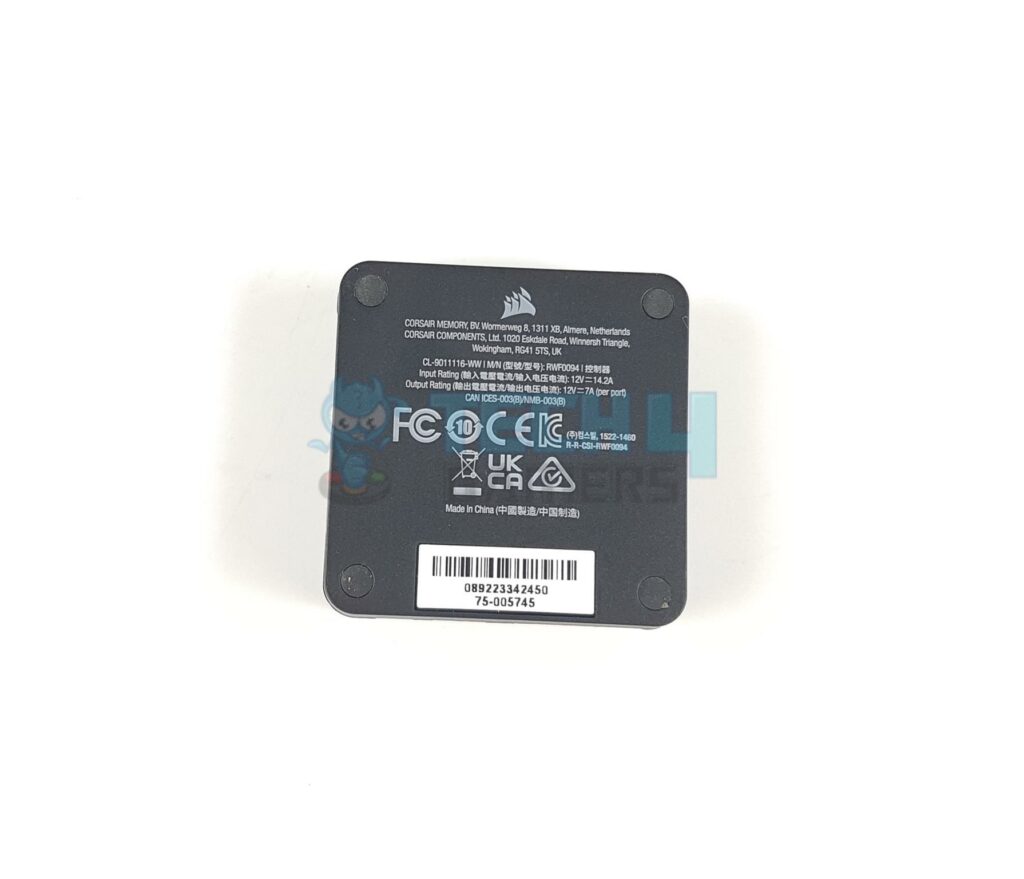
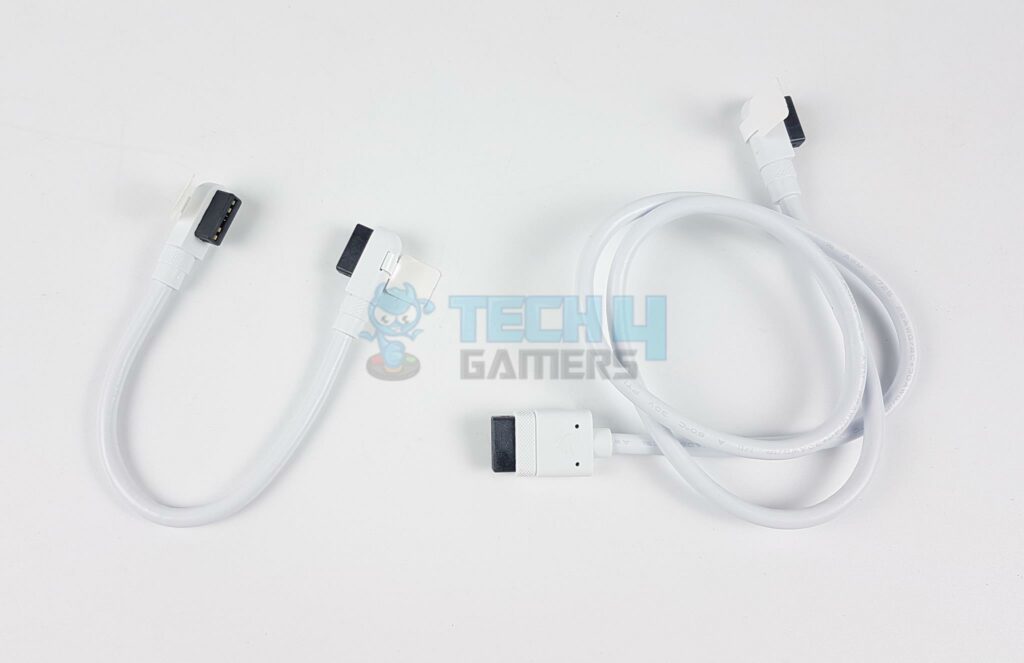
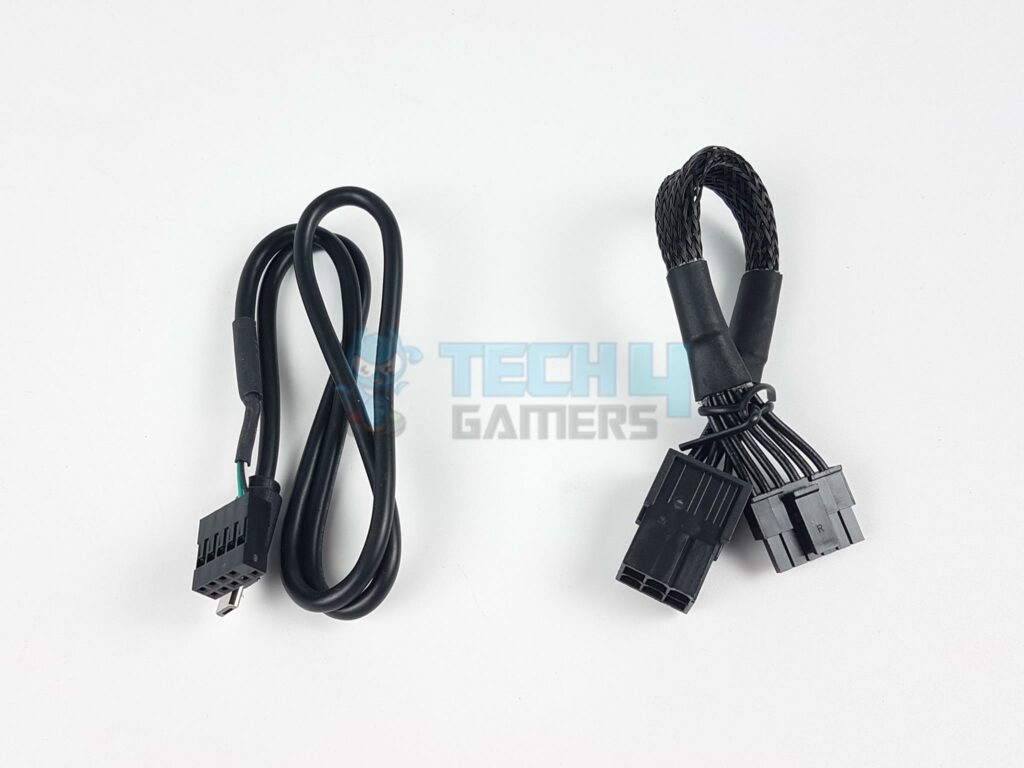
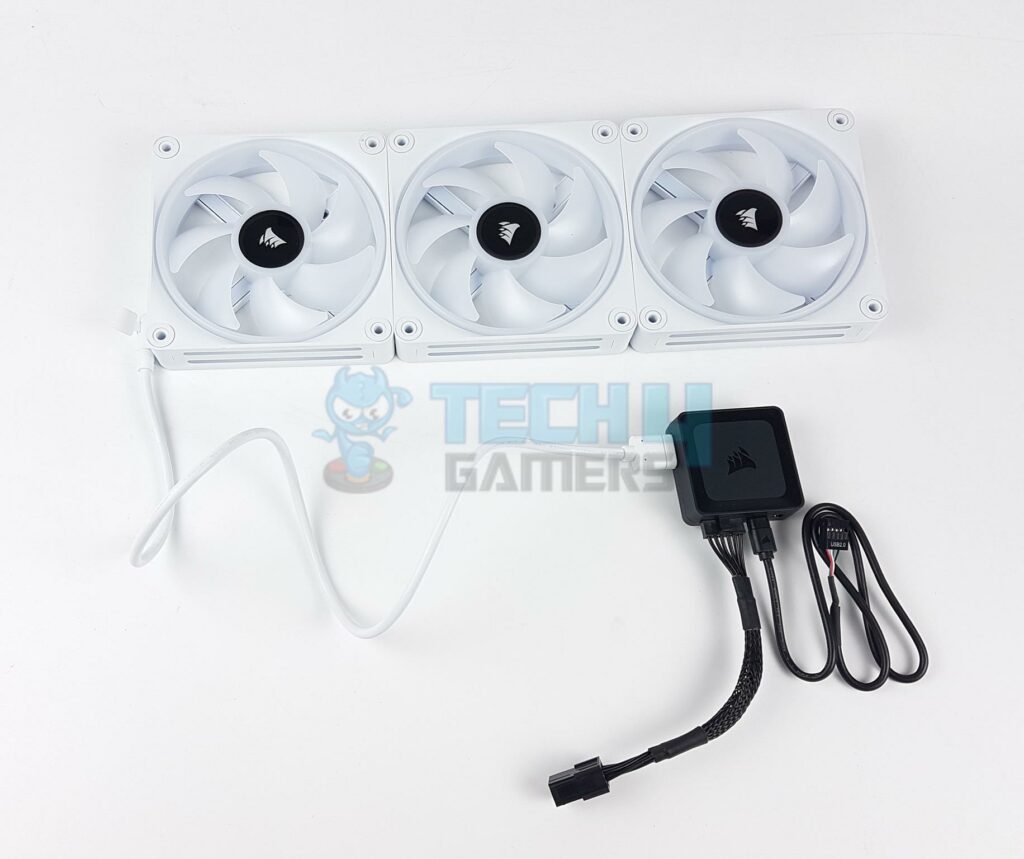
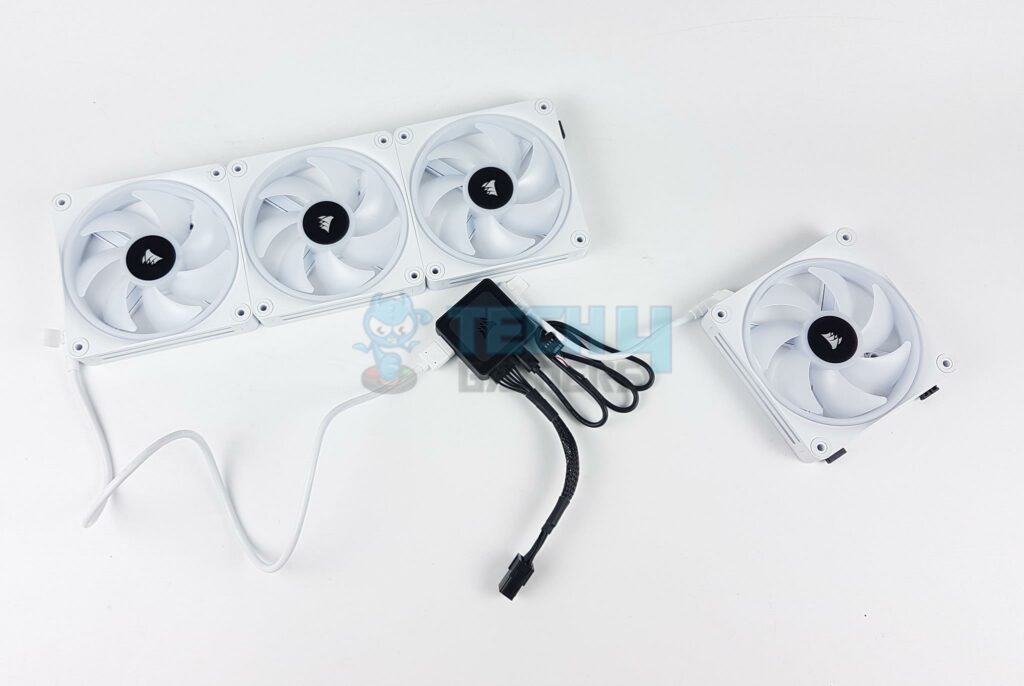
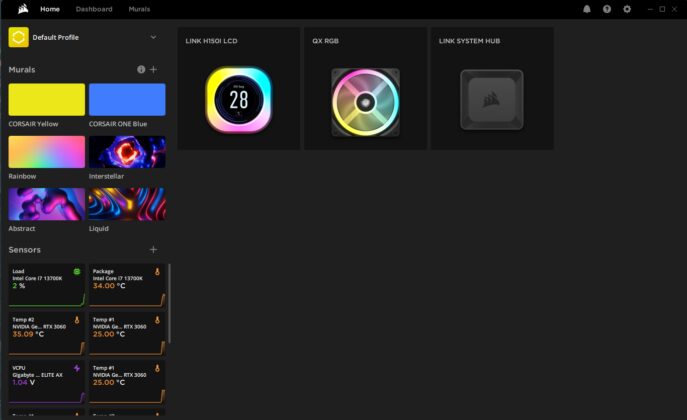
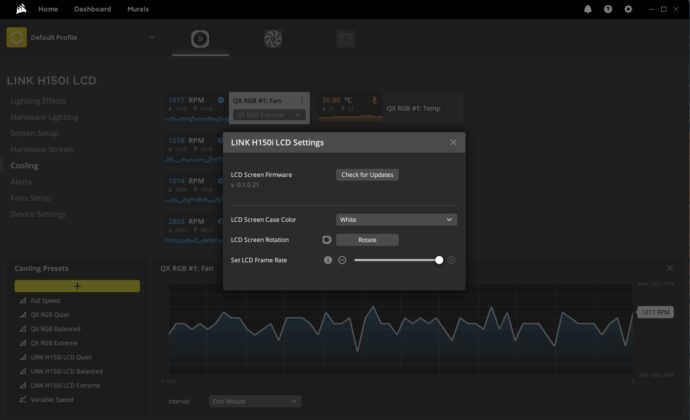
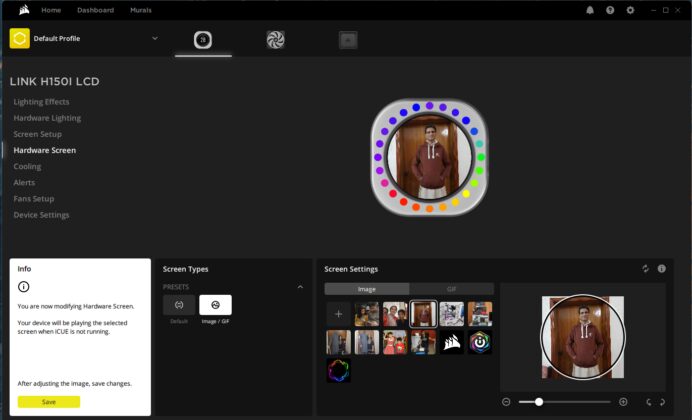
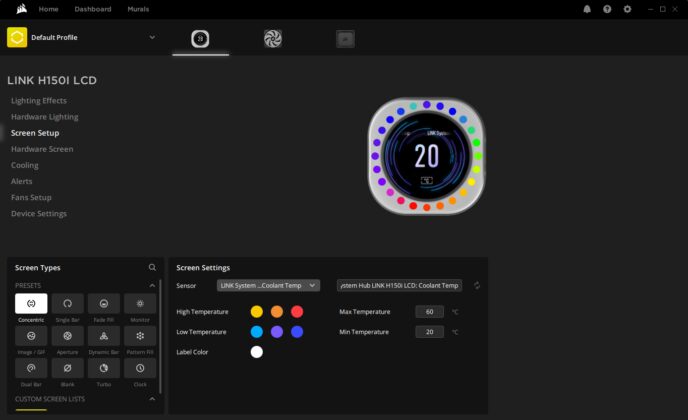
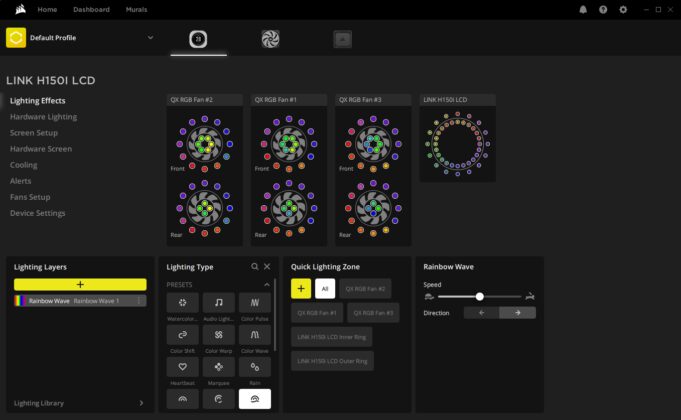
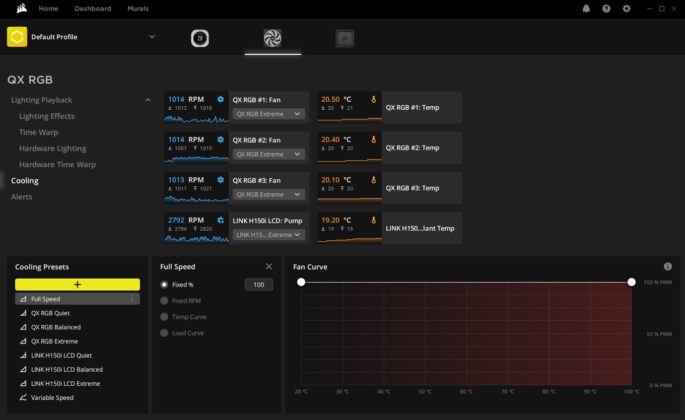
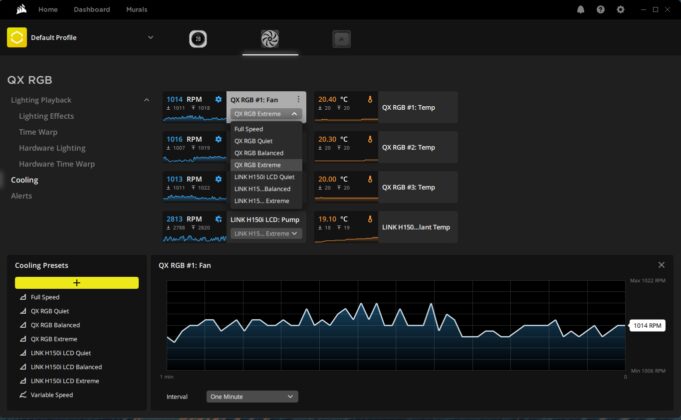
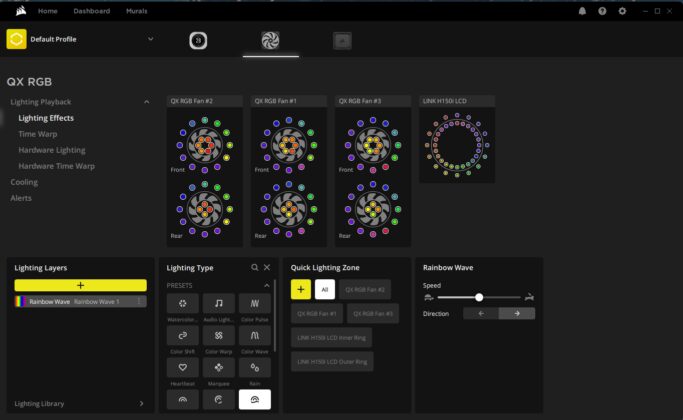
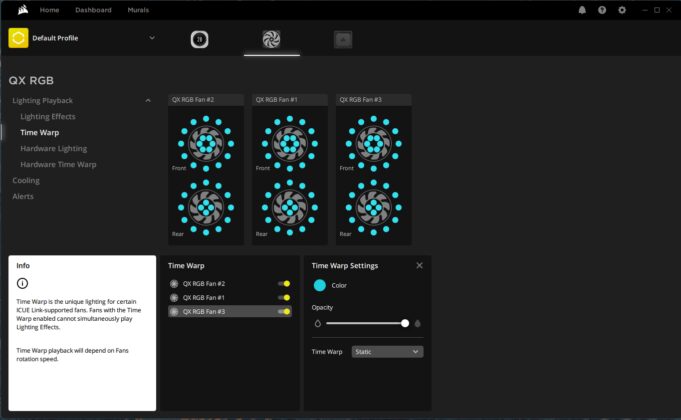
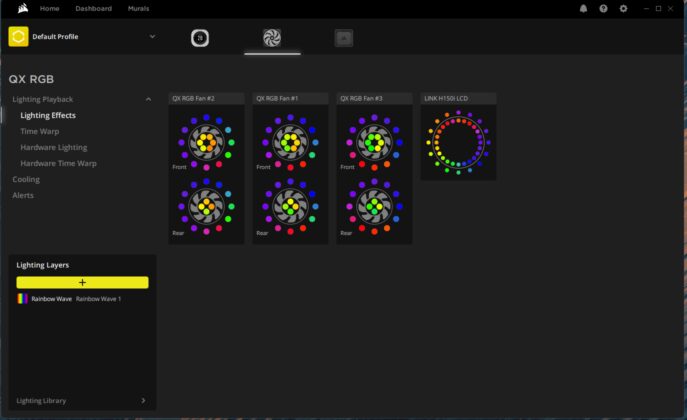
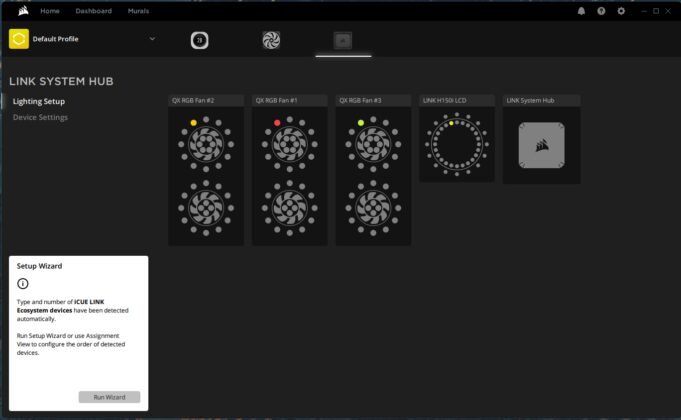
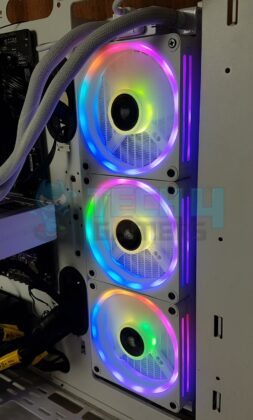
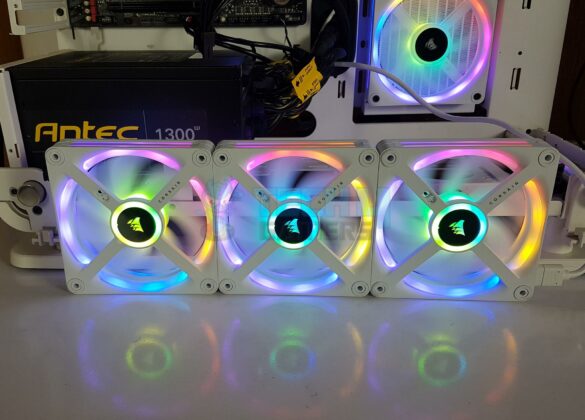
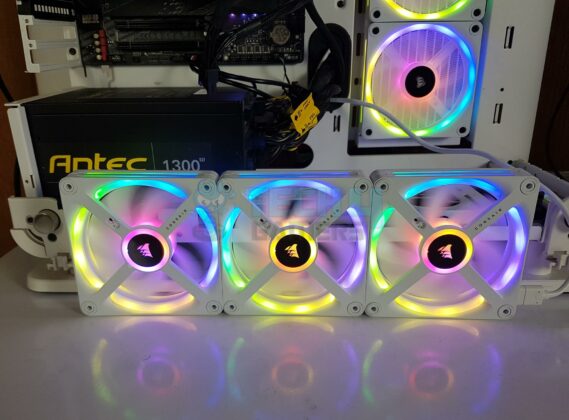
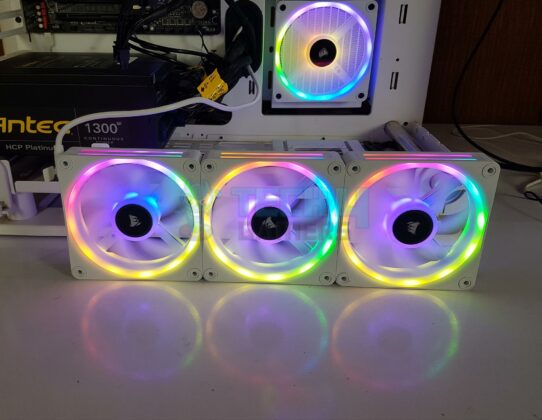
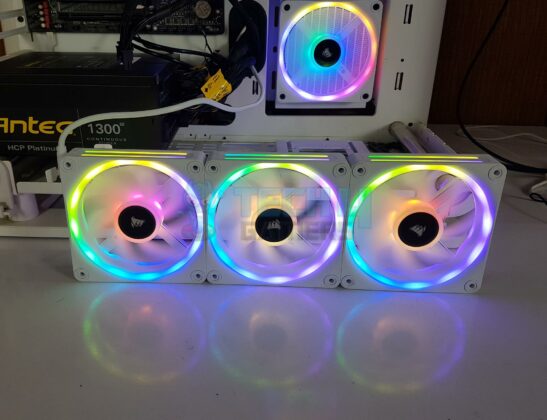
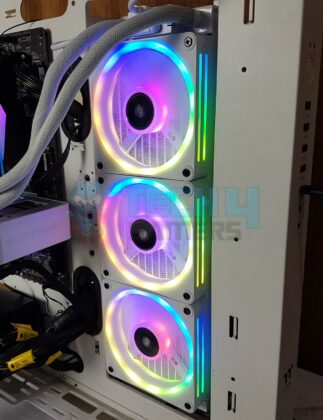

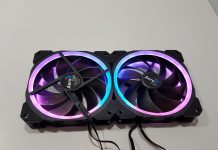
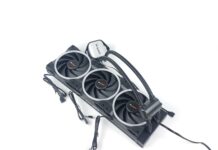
![We Have Found The Best 240mm AIO Coolers [With Benchmarks] updated 240mm featured image](https://tech4gamers.com/wp-content/uploads/2024/04/updated-240mm-featured-image-218x150.jpg)
